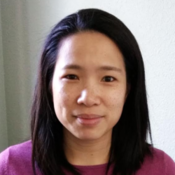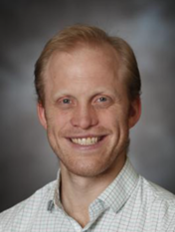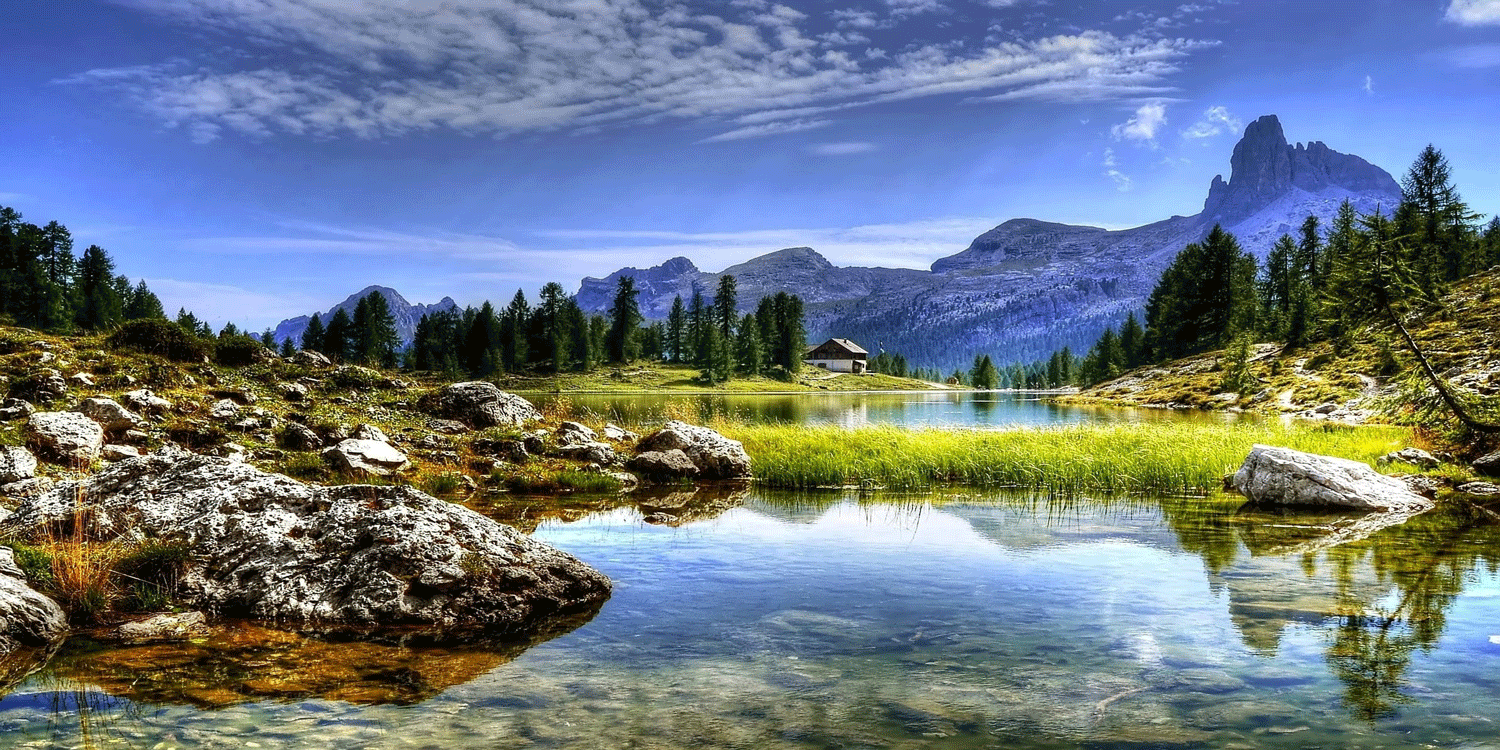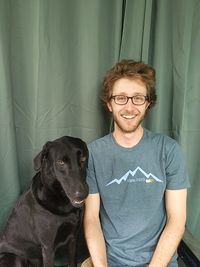Terrestrial: Difference between revisions
From CSDMS
No edit summary |
No edit summary |
||
| (57 intermediate revisions by 6 users not shown) | |||
| Line 1: | Line 1: | ||
{{Terrestrial | {{Portal_color | ||
==Terrestrial Working Group== | | image = Terrestrial-photo.png | ||
| title_link = About_Terrestrial_WG | |||
=== | | title = Terrestrial Working Group | ||
| one_liner = Modeling erosion, sediment and solute transport, and deposition on land | |||
| number_of_buttons = 5 | |||
| btn_1_text = About | |||
| btn_1_link = About_Terrestrial_WG | |||
| btn_1_ext = no | |||
| btn_2_text = Newsletters | |||
| btn_2_link = Terrestrial_NewsLetters | |||
| btn_2_ext = no | |||
| btn_3_text = Join | |||
| btn_3_link = Join_Terrestrial_WG | |||
| btn_3_ext = no | |||
| btn_4_text = Member award | |||
| btn_4_link = TWG_Member_Award | |||
| btn_4_ext = no | |||
| btn_5_text = Survey | |||
| btn_5_link = https://docs.google.com/forms/d/e/1FAIpQLSdCb6jB4FzK2IZ2kvkWpFizl7-CZN_xKUw0ZbW14S4F2Yf4ig/viewform | |||
| btn_5_ext = yes | |||
}} | |||
<div class="row" style="background-color:#F5F5F5;"><br><div class="col-sm-12"> | |||
<center><big><big><big><big>'''News flash '''</big></big></big></big></center><br></div></div> | |||
<div class="row" style="background-color:#F5F5F5;"><br><div class="col-sm-1"></div><div class="col-sm-7"><br><big>Dr. Eric Barefoot is the winner of the latest TWG Spotlight Award!</big><br><br>Eric has worked with a team, including Andrew Moodie and Jay Hariharan, to develop DeltaMetrics, a Python package for manipulating depositional system data cubes. Eric's contribution is to extend the analysis tools for application on experimental data. Eric also showed outstanding enthusiasm and camaraderie during the 2020 Earth Surface Processes Institute. He was quick to answer questions from other participants and offer helpful advice. | |||
</div><div class="col-sm-3">[[File:Eric barefoot and bay leaf.jpg|thumb|right|Dr. Eric Barefoot and his dog, Bay Leaf]] | |||
</div><div class="col-sm-1"></div></div> | |||
<div class="row" style="background-color:#F5F5F5;"><div class="col-sm-12"><br><br></div></div> | |||
{{Block_3_Columns | |||
| background_color = white | |||
| title_col1 = Models | |||
| text_col1 = The Terrestrial community makes available a diverse set of '''{{#ask:[[Model:+]] [[Source code availability::Through web repository||Through CSDMS repository]] [[ModelDomain::Terrestrial]]| format=count}}''' numerical models and tools, for you to use and explore! Find out which models are available or contribute your own model. | |||
| btn_1_text = Models | |||
| btn_1_link = Terrestrial_models | |||
| title_col2 = Jobs | |||
| text_col2 = Ready to make your next career move or eager to find a new colleague? Search here for new job opportunities or post an available position to the broader community. | |||
| btn_2_text = Jobs | |||
| btn_2_link = Terrestrial_Jobs | |||
| title_col3 = Events | |||
| text_col3 = Stay up to date on the latest research or present your own numerical breakthroughs at one of the events listed for you. Or advertise your event to the broader terrestrial numerical community. | |||
| btn_3_text = Events | |||
| btn_3_link = Terrestrial_relevant_Meetings | |||
}} | |||
{{Block_two_chairs | |||
| background_color = #F5F5F5; | |||
{ | | title = Co-Chairs | ||
| | | image_chair_1 = LHsu-headshot.png | ||
| name_chair_1 = Leslie Hsu | |||
|- | | inst_chair_1 = US Geological Survey | ||
| | | dep_chair_1 = Community for Data Integration Coordinator | ||
| | | email_chair_1 = lhsu@usgs.gov | ||
| | | image_chair_2 = Screen Shot 2022-11-14 at 10.28.38 AM.png | ||
| name_chair_2 = Andrew Wickert | |||
| | | inst_chair_2 = University of Minnesota | ||
| | | dep_chair_2 = School of Earth and Environmental Sciences | ||
|- | | email_chair_2 = awickert@umn.edu | ||
}} | |||
| | |||
| | |||
| | |||
= | |||
Latest revision as of 16:22, 6 December 2022
Dr. Eric Barefoot is the winner of the latest TWG Spotlight Award!
Eric has worked with a team, including Andrew Moodie and Jay Hariharan, to develop DeltaMetrics, a Python package for manipulating depositional system data cubes. Eric's contribution is to extend the analysis tools for application on experimental data. Eric also showed outstanding enthusiasm and camaraderie during the 2020 Earth Surface Processes Institute. He was quick to answer questions from other participants and offer helpful advice.




